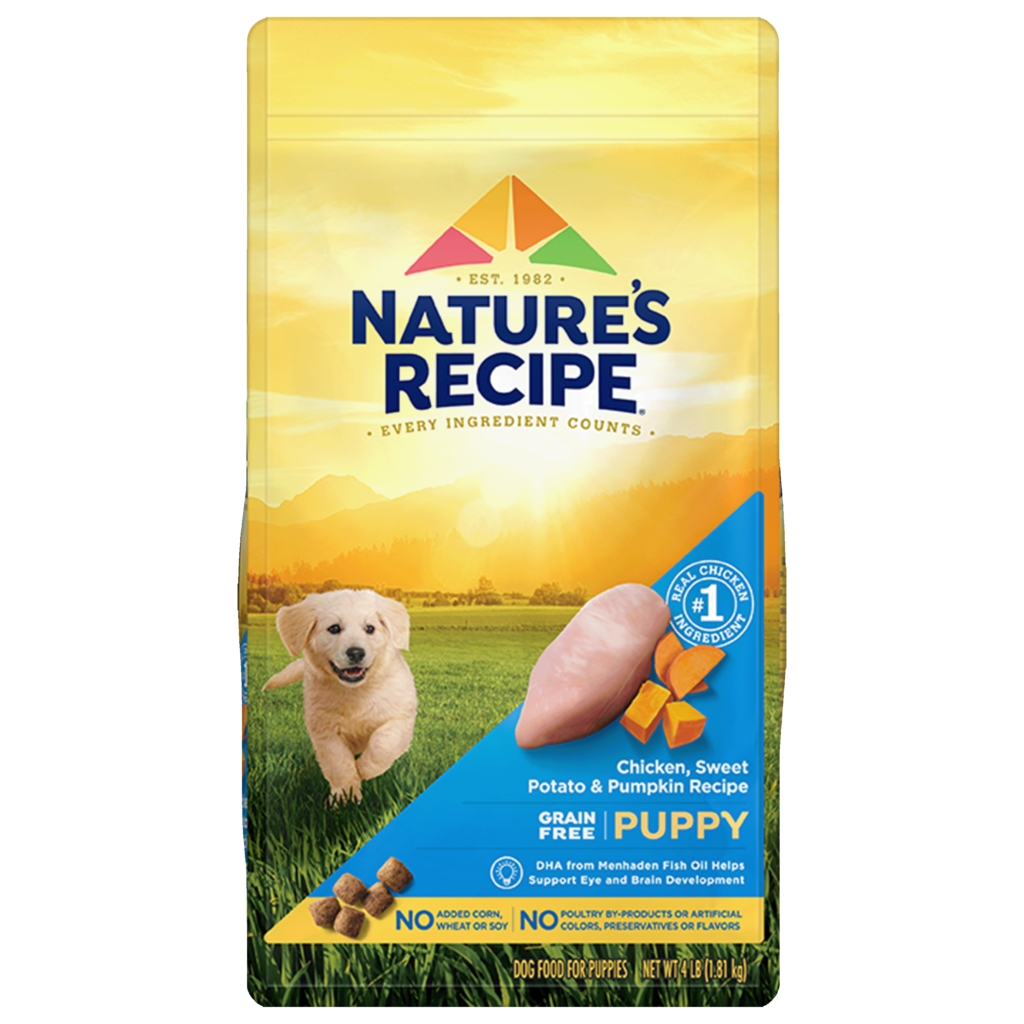With their little, wet noses and soft, snuggly fur, what could be more fun (or adorable) than bringing home a new puppy? Once you find your perfect pooch, there are lots of things you’ll have to do as a responsible new pet parent. By following the steps below, your puppy will be off to a great start — and so will your relationship. Check out our tips on what to do once you adopt a new furry friend.
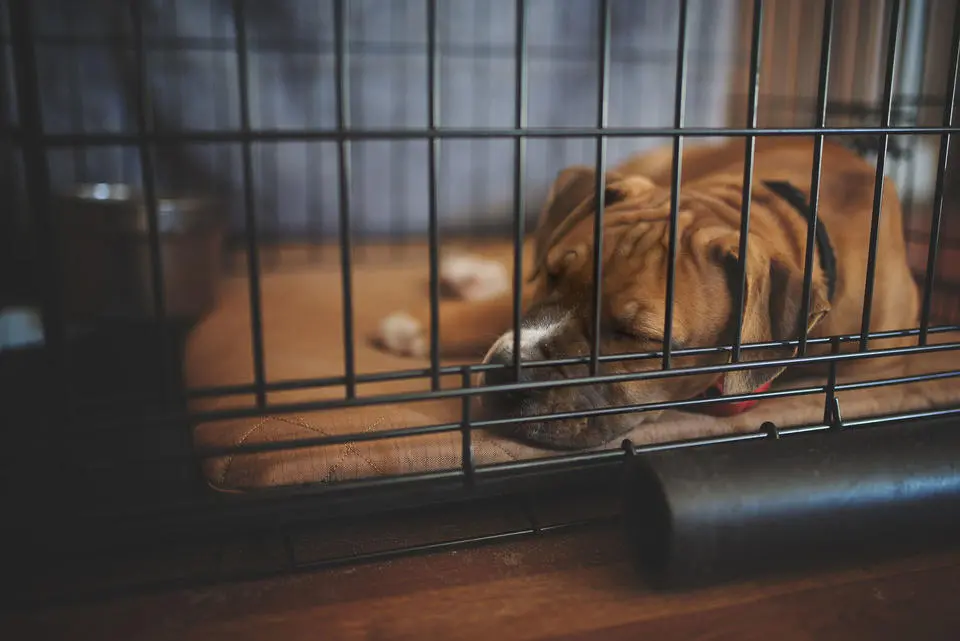
Pre-Adoption Day
You may not have a puppy to snuggle with quite yet, but your future best friend’s care begins before you bring him home.
- Buy Chew Toys “Because your new best friend will be teething, safe chew toys are a must,” says Mary Carlson, DVM, author of Drinking from the Trough.
- Puppy Proof Everything Puppies are curious (and teething!) so be sure to put breakables, plants, cords, and anything dangerous they could get into — like medicines and cleaners — up high or secured in cupboards with child-proof fasteners. Baby gates are a great way to limit your pup’s range to only safe spaces.
- Make a Cozy Sleeping Spot Crates make cozy dens for pups. “Get an appropriate-sized crate where the puppy can stand up, lie down, and turn around. For large breeds, make sure you get a crate that has a divider so the crate can ‘grow’ with the puppy,” says Kristi Koltavary, certified professional dog trainer and owner of Your Complete Canine in Gales Ferry, Connecticut.
- Gather Feeding Supplies You’ll need treats, food, and water bowls. Make sure the bowls are appropriate for your puppy’s size and upgrade them to larger ones as they grow, if necessary. You should also feed your puppy a high-quality puppy-specific food. “These foods have higher calorie and protein content for growing pups,” says Steve Weinberg, DVM of 911 VETS in Los Angeles. Additionally, puppy-specific foods contain unique nutrients puppies need, but that may not be present in adult dog foods. Some of these ingredients include EPA & DHA, controlled and targeted amounts of calcium and phosphorus, and increased macronutrient levels. Nature’s Recipe® puppy foods, like our Grain Free Puppy Chicken, Sweet Potato & Pumpkin Recipe, contain ingredients puppies love to deliver the nutrients they need.
- Get Other Essentials You’ll also need a leash, collar, carrier or harness for car trips, puppy training pads, poo bags, a toothbrush, enzymatic cleaner (accidents happen!), and grooming supplies like puppy shampoo and a brush.
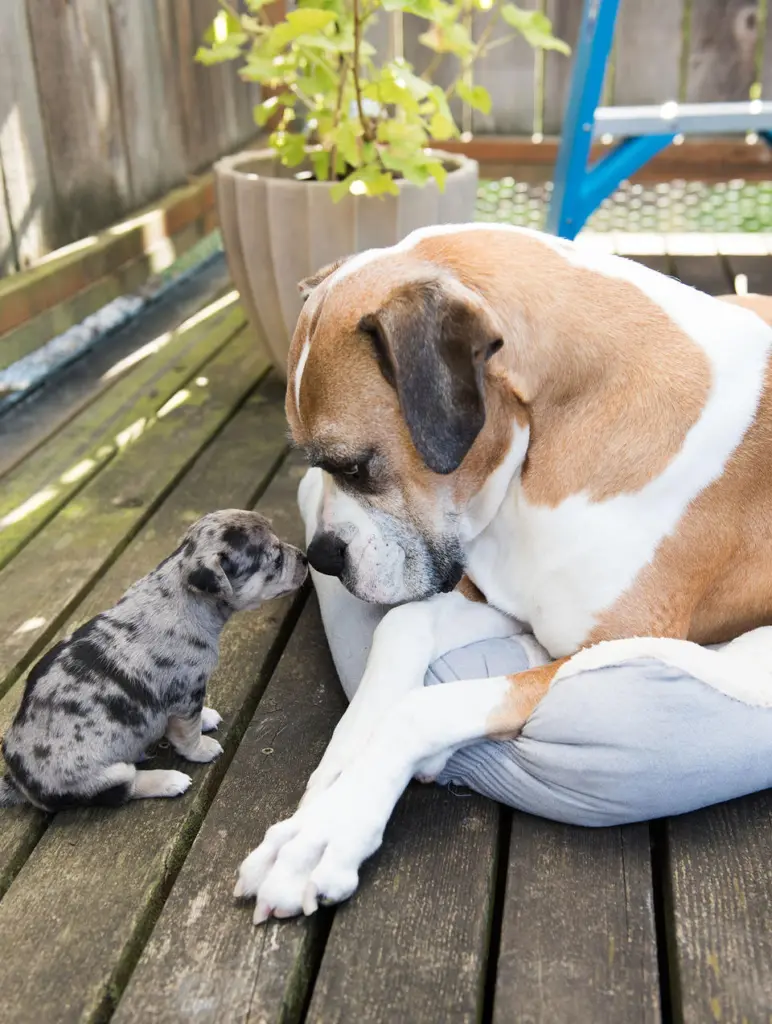
Adoption Day
It’s finally here! Bringing your puppy home is exciting for you and your furry new friend, but it can be overwhelming, too. With thoughtful planning, you can reduce everyone’s stress on the big day.
- Create a Safe Area for the Pup Use baby gates to corral the little guy to an area where you can slowly introduce family members one at a time. Keep all interactions positive and short so you don’t overwhelm the puppy.
- Introduce Your New Pooch to Other Pets Keep other pets separated with baby gates until they’re calm around each other. You should also feed them together so they associate the presence of the other with good things. Reward calm interactions with treats and praise. If you’re feeling nervous about this stage, you can always talk with your vet about what might work best for you, your current pets, and your newest four-legged family member. Your vet may recommend certain treatments and socializations at slightly different times, providing you with a customized plan to ease your worries and make the introduction process as smooth as possible.
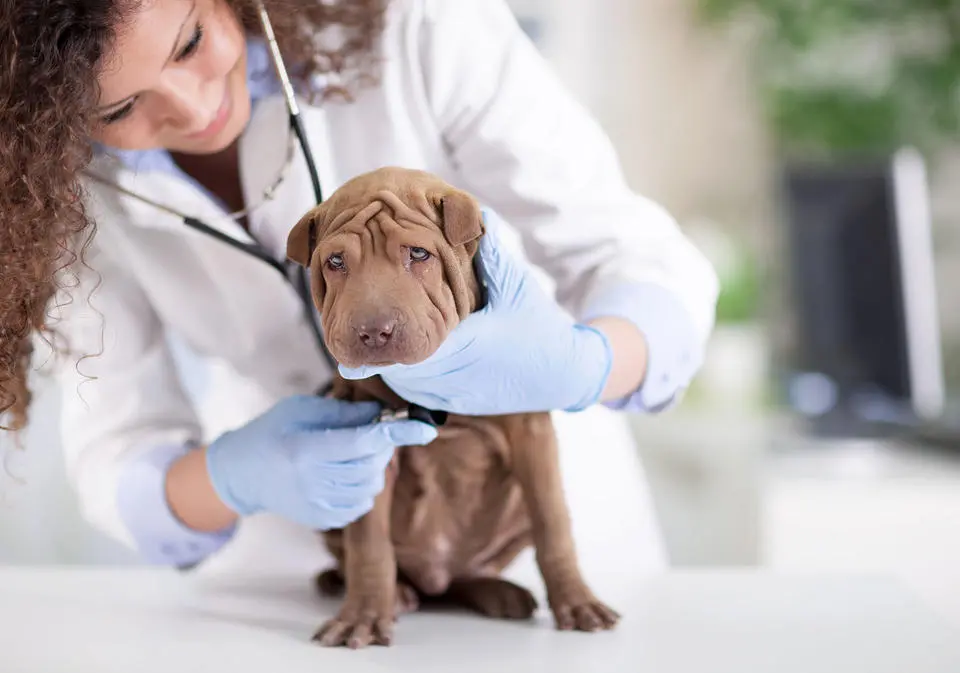
Post Adoption
Your life with your new puppy is just beginning. No matter what age your pup is when he comes to your home, make sure the tasks below are completed at the right time, whether you do them yourself, or you confirm they were done by the shelter or another caretaker.
Age: Two Months Old
- Tag and Microchip Your Puppy Keep a tag with all of your contact information on your pup’s collar and have her microchipped.
- Establish a Feeding Routine Puppies thrive on consistency, so feed her at the same times each day. “Eight-week-old puppies eat three to five times a day in small amounts,” says Dr. Weinberg.
- Divide Up Pet-Care Tasks Assign feedings, walks, and playtime to family members so everyone gets to participate in your pup’s daily care routine.
- Take Your Dog for Her First Vaccinations Get your new puppy to the vet for a checkup and vaccinations — and to get her used to the environment. “A soft voice from you talking to your pup lets her know you are there,” says Carlson.
- Consider Pet Insurance Pet insurance pays for many veterinary costs, advises Chris Middleton, President of Pets Best Insurance. “Get coverage as soon as possible, before any health issues occur with your pet, since no pet health insurer covers pre-existing conditions,” he says.
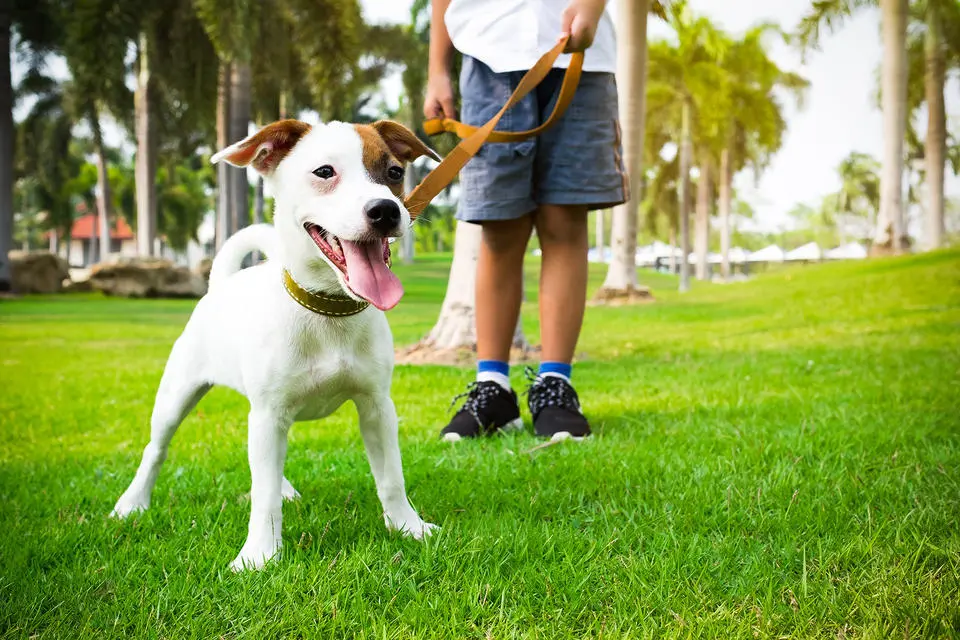
Age: Three Months Old
- Start Flea and Tick Medications Keep pests away with flea and tick treatments that your vet recommends.
- Provide Energy-Burning Exercise “Twenty minutes of aerobic exercise minimum per day is recommended,” says Dr. Weinberg.
- Keep Exercise Sessions Short Because puppies still have developing bones, give your pup several short walks per day and playtime with puzzle toys rather than long walks, says Carlson.
- Potty Train Your Pooch Crate your little friend when you’re not home to prevent accidents, says Barbara Hutcherson, managing director of Lost Dog and Cat Rescue Foundation in Arlington, Virginia. “Make sure to take her out frequently so she has every opportunity possible to go outside, especially after she eats or drinks, and also right before you go to bed.”
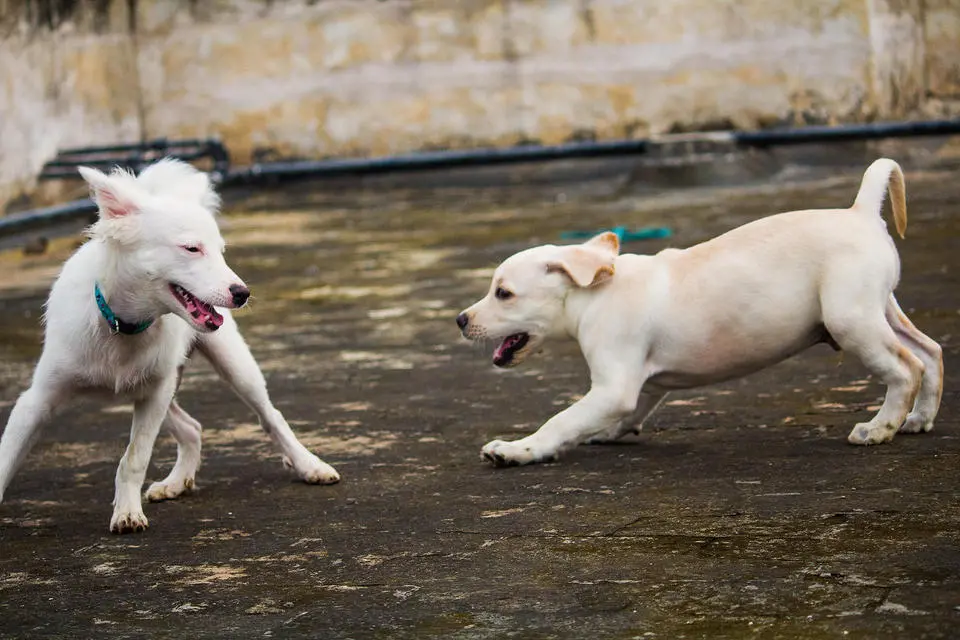
Age: Four Months Old
- Teach Your Pooch Manners Training is a must for puppies.”Some basic cues that are helpful for your puppy to learn are their name, ‘Sit,’ ‘Down,’ ‘Stay,’ ‘Come,’ ‘Leave-it,’ and ‘Go to’ a place on cue,” says Koltavary.
- Don’t Punish Your Pooch “Science has proven that using positive-based training is more effective and efficient then correction-based training,” says Koltavary. Use high-treat reward training methods to tell them “good job” whenever they learn a new trick or display other behaviors you want to encourage.
- Play With Your Puppy Daily Playtime is a great time to bond with pup and exercise her with games like tug, fetch, and hide-and-seek. “Teaching your puppy to find you in the house is great for them mentally, physically, and a great way to work on recalls,” says Koltavary.
- Socialize Your Dog Let new people give treats to your furry friend when she meets them, and set up puppy play dates with dogs that are friendly, healthy, and have all of their vaccinations, says Koltavary.
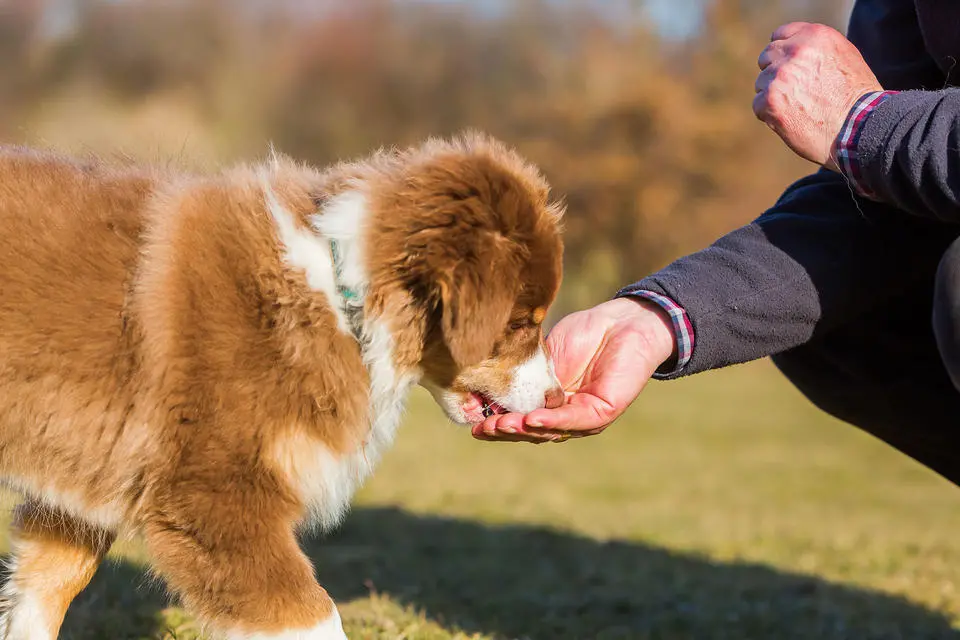
Age: Six to Nine Months Old
- Get Your Pooch Spayed or Neutered According to Dr. Weinberg, most pups should be spayed at six months old.
- Start Your Pooch on a Heartworm Preventative Heartworms are dangerous, so consult with your vet about putting your pooch on a preventative medication no later than six months old.
Make Your Pup a Teacher’s Pet with Training Treats
In order to use the treat reward method for training, you need treats, of course! Just like with their food, seek out treats that are either made for puppies or are small enough for them to safely enjoy. The smaller size of training treats will also ensure that you aren’t adding too many extra calories to their diet while teaching them manners.

